(PART II)
Plants make their own food through a process called...

PHOTOSYHTHESIS
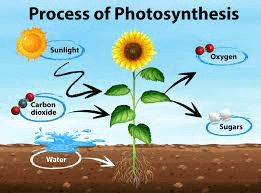
Our _______ ______ breaks food down into small
particles called nutrients.
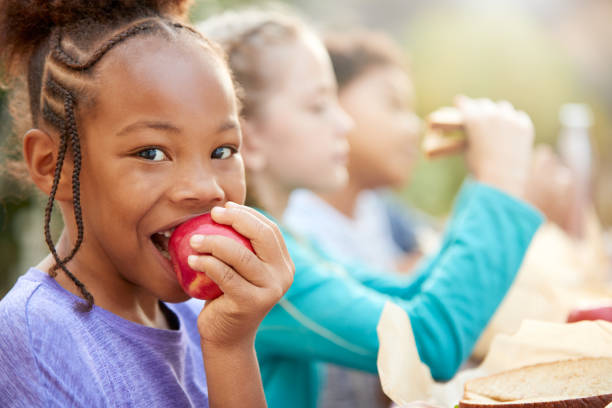
DIGESTIVE SYSTEM
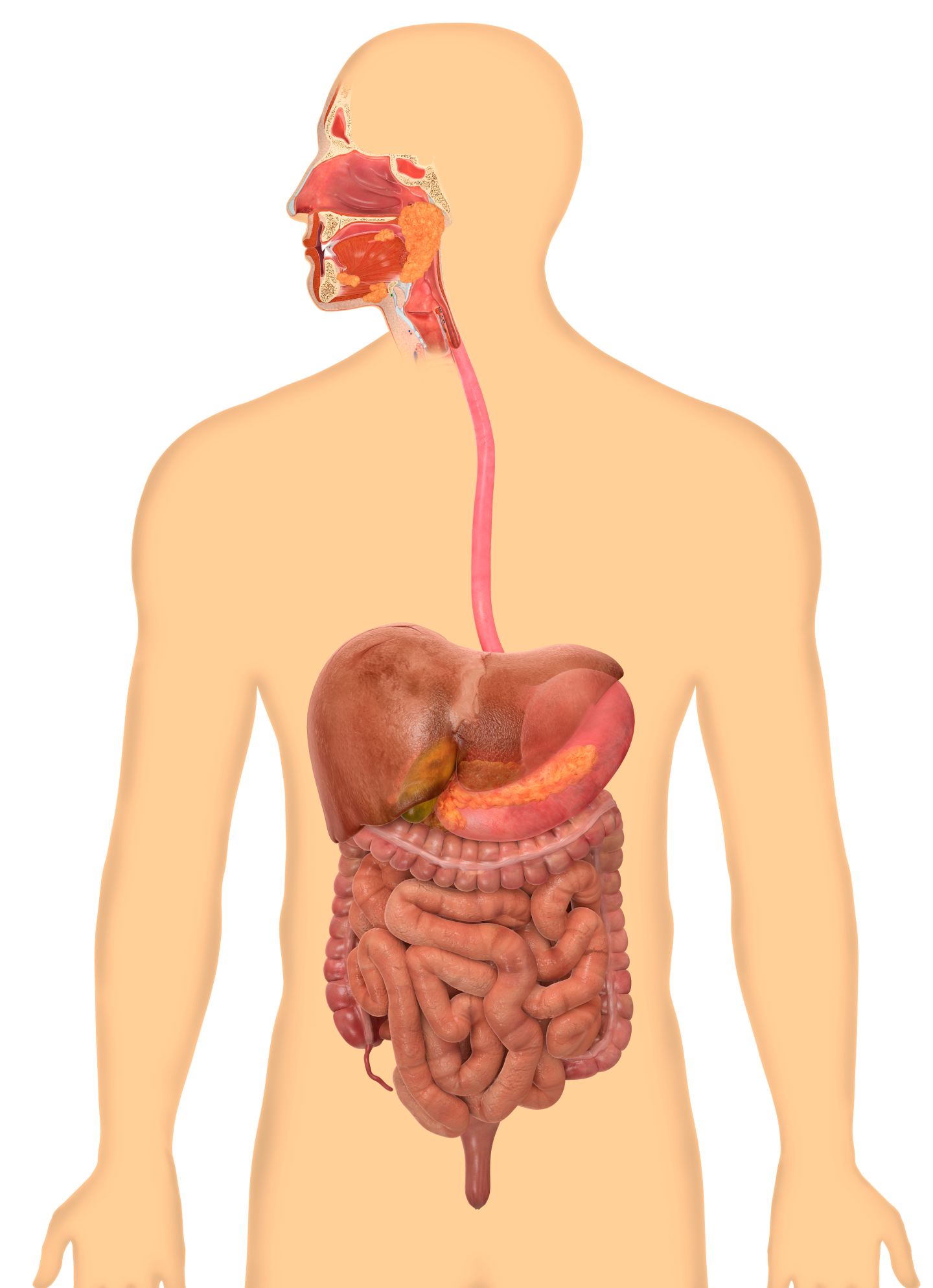
Which system is made up of the brain, the spinal cord and nerves?
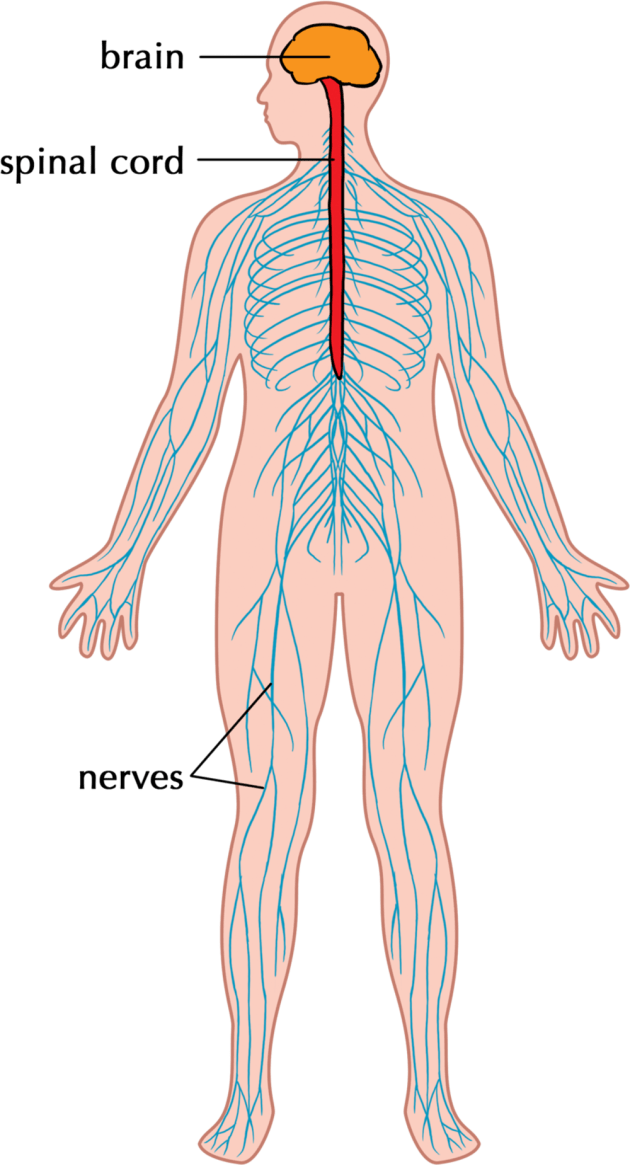
THE NERVOUS SYSTEM

__________ materials are very difficult to scratch or cut easily.
a) soft
b) elastic
c) hard
HARD
Look at the picture. Can you see an example of contact force or non-contact force?
CONTACT FORCE
Photosynthesis takes place in the...
a) stem
b) leaves
c) roots

LEAVES

Food goes down the _________ to the stomach.

ESOPHAGUS

Is the beating of our hearts a voluntary or an involuntary action?

INVOLUNTARY ACTION
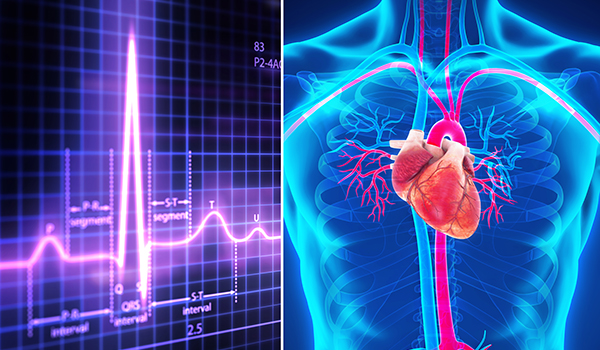
_________ materials go back to their shape after we squash or stretch them.
a) hardb) elastic
c)tough
ELASTIC
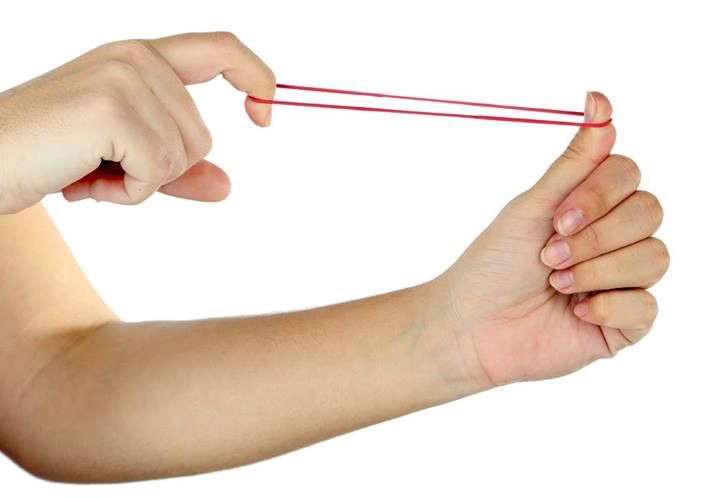
Magnets have a force called...
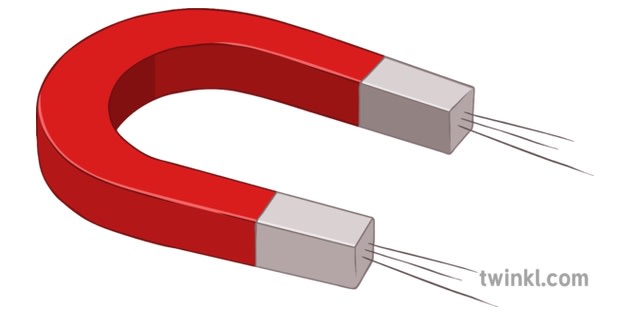
MAGNETISM
:max_bytes(150000):strip_icc()/GettyImages-452431879-f397518cb55749b2adf2c81756a2d3aa.jpg)
Pollen goes from the stamen of one flower to the pistil of a different, os the same flower.
This is called...

POLLINATION

The ________ ________removes excess water
and other waste products from our body.

EXCRETORY SYSTEM

__________ carry messages from the brain to the rest of the body.

NERVES

Is salt soluble or unsoluble?

SOLUBLE

Opposite poles of a magnet...
a) attract
b) repel
c) both
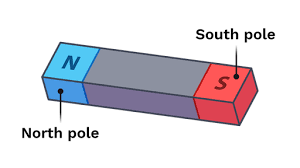
ATTRACT

COMPLETE THE FOLLOWWING SENTENCE:
In ___________ reproduction there are no flowers or fertilisation.
a) sexual
b) asexual

In asexual reproduction there are no flowers or fertilisation.
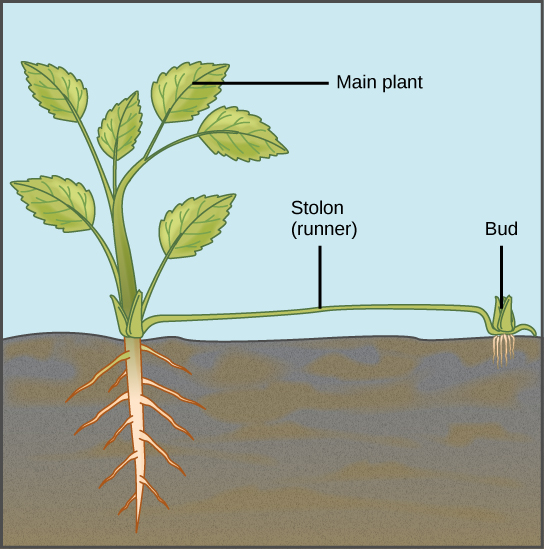
The circulatory system takes ________ to all parts of the body.

BLOOD
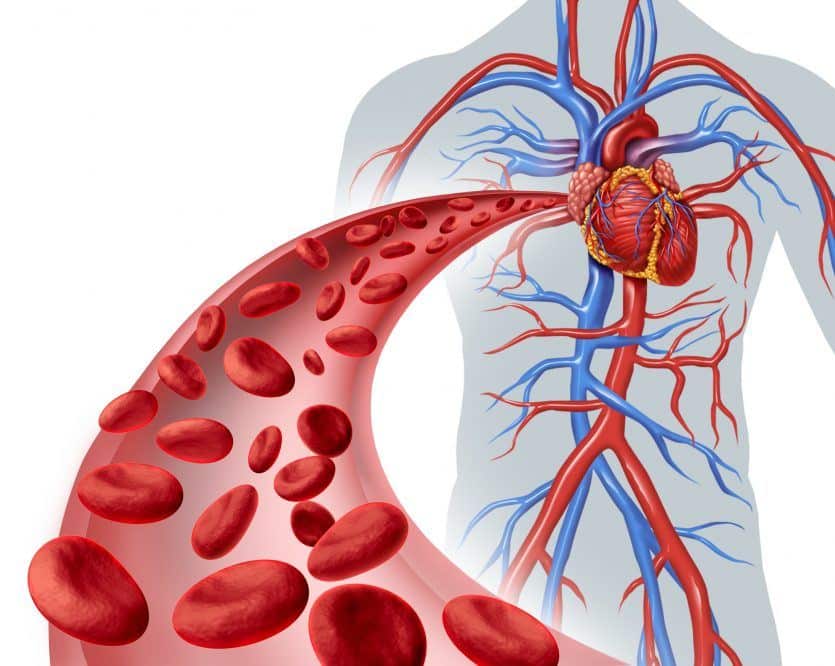
The _____ _______ is made up of the bones, muscles and joints.
:background_color(FFFFFF):format(jpeg)/images/library/13918/musculoskeletal-system.png)
LOCOMOTOR SYSTEM

Is metal a thermal conductor or an insulator?

THERMAL CONDUCTOR
What force can you see in the picture?
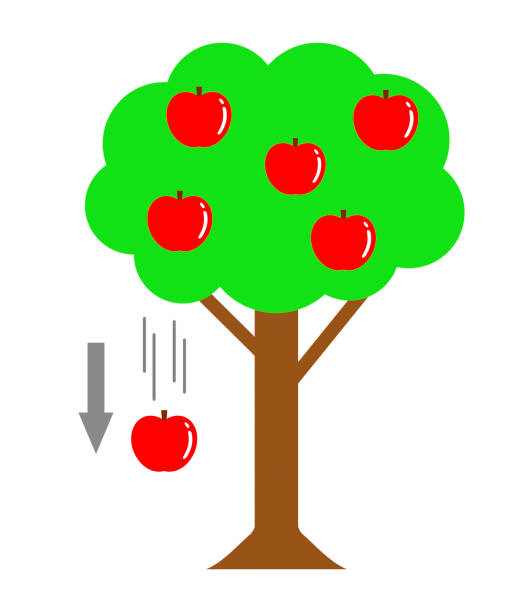
GRAVITY

Tubers are swollen stems which grow under the ground.
Which one is a tuber?
a) strawberries
b) apples
c) carrots

carrots

The respiratory system is made up of the nostrils, the trachea and the...

lungs

What bone protects the brain?
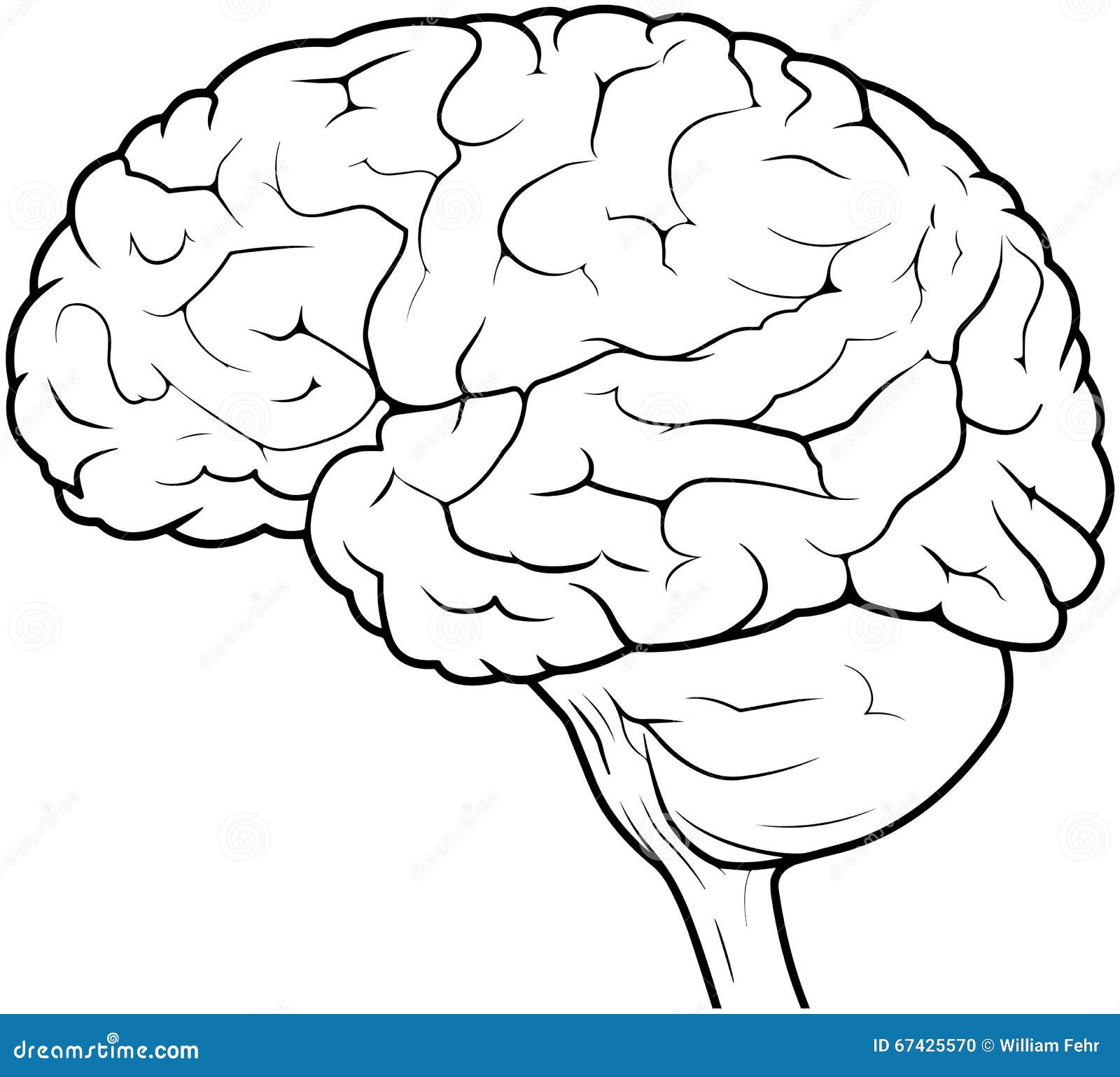
THE SKULL

Look at the picture. Can you see a physical change or a chemical change?

PHYSICAL CHANGE

Who discovered gravity?

ISAAC NEWTON

